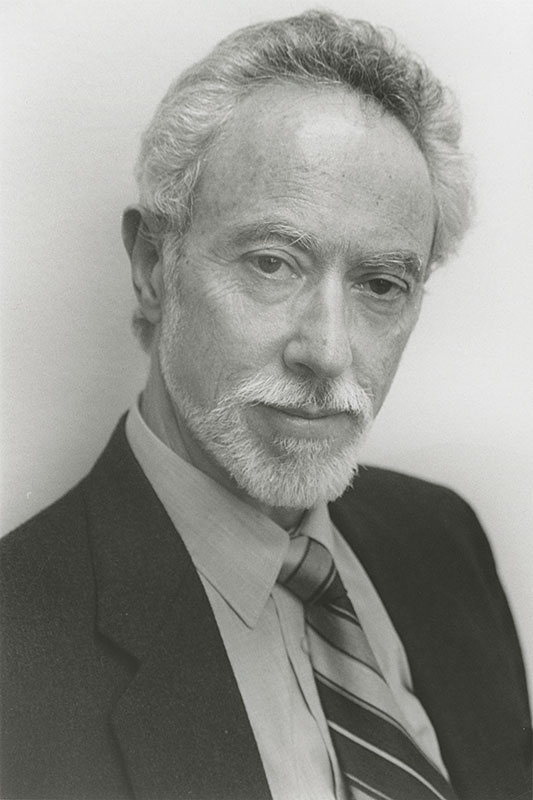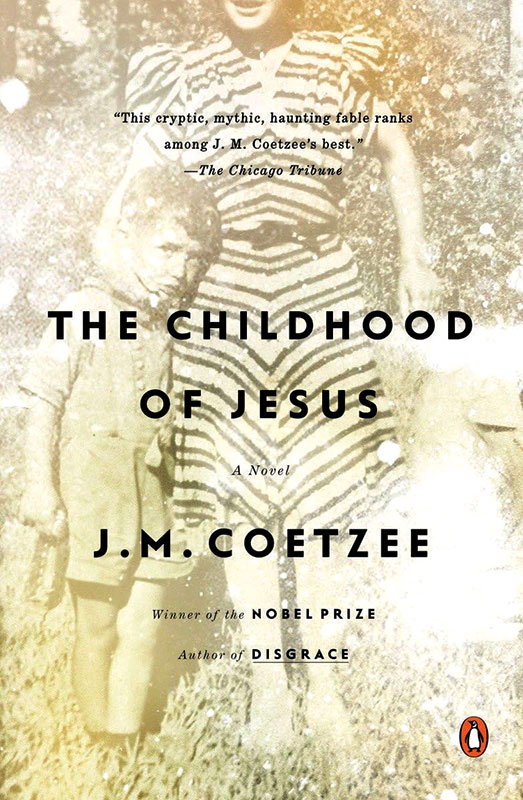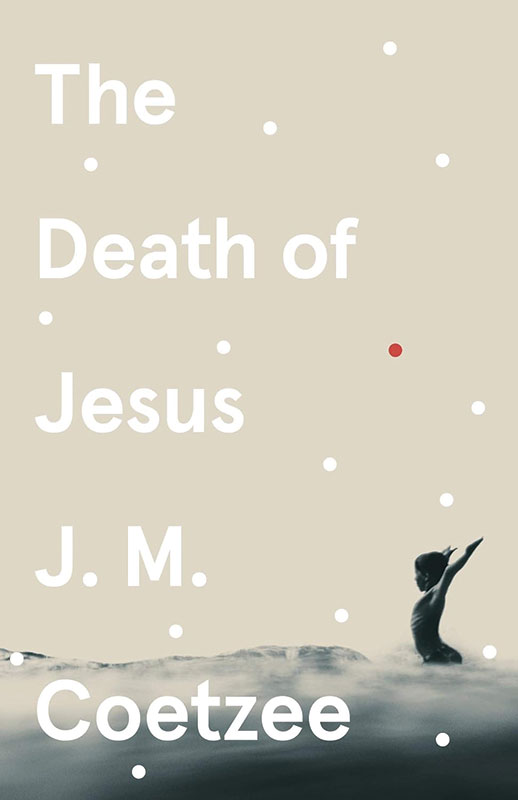
by HERMANN WITTENBERG
Important additions to the Coetzee Papers shed light on the author’s recent writing
Working in a literary archive can be a remarkable experience, like being present in a garden of creation. When reading through the early manuscript versions of novels, one can encounter a textual labyrinth of paths not taken and of alternate storylines not chosen. There might be characters that are later dropped, settings that are hastily abandoned, and embryonic plot ideas that later morph into something entirely different. Above all, there is often a humbling sense of the ordinariness in such early beginnings, a mass of seemingly unpromising material that can unexpectantly result in a sublime work of art.
J. M. Coetzee, born in 1940 in South Africa and now living in Australia, won the Nobel Prize for literature in 2003. He is one of the most celebrated writers of our time, and his papers at the Harry Ransom Center are among the most frequently consulted archives. These papers, already one of the most extensive and significant collections in the holdings of the Ransom Center, have recently been augmented by a major tranche of additional materials that promise to generate even more public and scholarly interest in the author.

Purchased in 2011, the original acquisition comprised 153 boxes of manuscripts and related papers including drafts of Dusklands (1974), Waiting for the Barbarians (1980), Life & Times of Michael K (1983), and Disgrace (1999), among other works. Now, 12 years later, Coetzee has made a sizable and significant addition to an already substantial collection. The new materials are of particular interest to students and scholars interested in Coetzee’s recent writing, specifically the acclaimed “Jesus” trilogy.
These three novels, The Childhood of Jesus (2013), The Schooldays of Jesus (2016), and The Death of Jesus (2019), mark a surprising turn in Coetzee’s creative practice. Not only are they the only example of serial fictions in the oeuvre (the three autobiographical works, Boyhood (1997), Youth (2002), and Summertime (2009) are much less a sequence of connected books), but they also represent a major shift in style and form. At turns allegorical, mystical, and concerned with larger questions about the meaning of life and art, these novels are gripping stories with surprising and at times disturbing twists in their plots. The titles of the books raise many more questions than answers, and give only indirect clues to the deeper meaning of the works, which, on the surface, appear to be deceptively simple stories.

The newly acquired materials also include drafts of Coetzee’s occasional essays collected in Late Essays (2017), Here and Now (2013), and in The Good Story (2015). Of particular interest will be his correspondence with publishers, fellow writers, translators, and scholars. In an age of email where correspondence is increasingly ephemeral, Coetzee has taken particular care to print and archive his electronic communications.
But there are also intriguing records that reach back much further, and these may open up revisionist readings of Coetzee’s earlier novels. There are notes and materials relating to Summertime and Boyhood, numerous photographs, and photo albums from the 1970s and 1980s, as well as USB sticks and computer diskettes. There are documents relating to his high school years, his career at the University of Cape Town, the tragic death of his son, and much more. Of particular interest to scholars will be his notebooks, stretching from 1976 to 2010.

Scholarship on Coetzee, as I and my co-editors of a recent book, J. M. Coetzee and the Archive (Bloomsbury, 2021), have argued, is only now “beginning to engage itself with the archival questions” that are generated by the manuscript collections and the fictions themselves. What we have called “the archival turn” in Coetzee studies is likely to receive substantial impetus from this new acquisition and will open up new ways to read the complex and often enigmatic works of one of our finest living writers.
Dr. Hermann Wittenberg is Associate Professor of English at the University of the Western Cape, South Africa.

